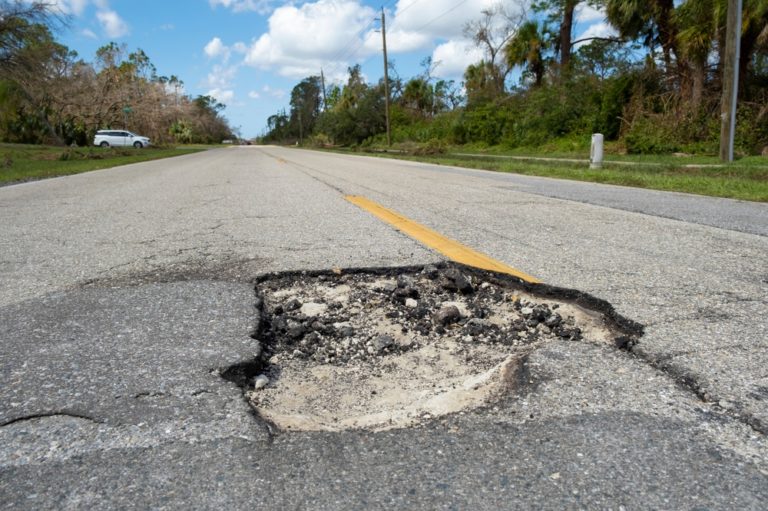There is no general answer to the question, How long a personal injury lawsuit take in Hawai’i? This is because these injury claims can vary dramatically in length. There are many factors that determine how long a case might take, making it impossible to predict the length. What we do know is that we will support and work hard for you every step of the way.
The personal injury lawyers of Olson and Sons have a long track record of success handling personal injury lawsuits. While long, drawn out cases can take months or even years, our team frequently resolves cases favorably in less time.
Factors That Determine How Long an Injury Lawsuit Takes in HI
It is helpful to understand the factors that could determine how long your personal injury lawsuit might take. These factors include:
- How long it takes to serve the defendant
- How long your recovery takes
- How aggressively your attorneys push the case forward
- Delay tactics from the defendant
- How complex the issues are
- Whether the defendant has insurance coverage
While each of these factors can impact how long your case takes, your attorneys can work to avoid unnecessary delay throughout the process.
The Injury Lawsuit Process in Kamuela and Kona, HI
It is impossible to have an accurate picture of how long your personal injury lawsuit might take if you do not understand the litigation process to begin with. While a number of factors could impact the length of your personal injury claim, all of these cases follow the same general process. This process has some common points where delays are possible.
Pre-Suit Steps
There are important steps that your attorney must take before you can more forward with your personal injury lawsuit. Without doing so, you could be at risk of seeing your case dismissed. Before you pursue litigation, your attorney will carefully investigate the facts surrounding your injuries. After that, they must identify the responsible party and develop a theory of negligence.
Once these steps are complete, it is not unusual for a plaintiff to pursue a negotiated settlement. In fact, many personal injury cases are settled before a lawsuit is ever file. When settlement does not work out, the next step is litigation.
Filing the Lawsuit
Initiating litigation requires the filing of a complaint. This legal document lays out the plaintiff’s case, identifies the defendants to the court, and requests specific relief. The relief in a personal injury lawsuit is monetary compensation.
Once a plaintiff files the lawsuit, they must formally notify each of the defendants of the proceeding. This is known as service of process. Until the defendants in a personal injury case are formally served the case cannot move forward.
Once the defendant is notified of the lawsuit, they have an opportunity to formally respond. This is done through a legal document known as an answer. If the defendant fails to file an answer, the court could issue a judgment against them by default. The answer will address each of the allegations made by the plaintiff and deny them one by one.
This phase usually takes weeks or months to complete, as the defendant has 20 days to file their answer. This time period, combined with the amount of time needed to perfect service in the lawsuit, can take some time.
Discovery
Once the parties are served and the answer is filed, the case will move into a period known as discovery. Discovery is the opportunity for both sides to review the evidence the other side will use at trial.
There are different forms of discovery. Many personal injury lawyers make use of a process known as a deposition to determine what a witness is likely to say at trial. A deposition is similar to a court hearing in some ways. A court reporter is present, and both attorneys can ask questions. However, this process happens away from the judge and outside of the courtroom. There are also written discovery requests commonly used as well.
Discovery can be a lengthy process. The more complex the injury case is, the longer discovery could take. Both sides could spend months taking depositions and responding to written document requests before the process is complete.
Trial
Once discovery is completed, the lawsuit will head towards trial. Remember: it is possible for the parties to reach a negotiated settlement at any point during the case. While the party completes discovery and prepares for trial, the sides could reach an agreement on a monetary settlement at any time.
At the trial, both sides will have their opportunity to make their case. Each attorney can call witnesses or offer physical evidence. Once both cases are presented, a judge or jury will determine what compensation—if any—is appropriate.
Talk to Olson & Sons About the Progress of Your Personal Injury Case in Kamuela, Kona, and all of Hawai’i
If you are ready to pursue your claim for monetary compensation, Olson & Sons are ready to serve as your advocate. To learn more about how we can fight on your behalf, reach out today to schedule your free consultation.




